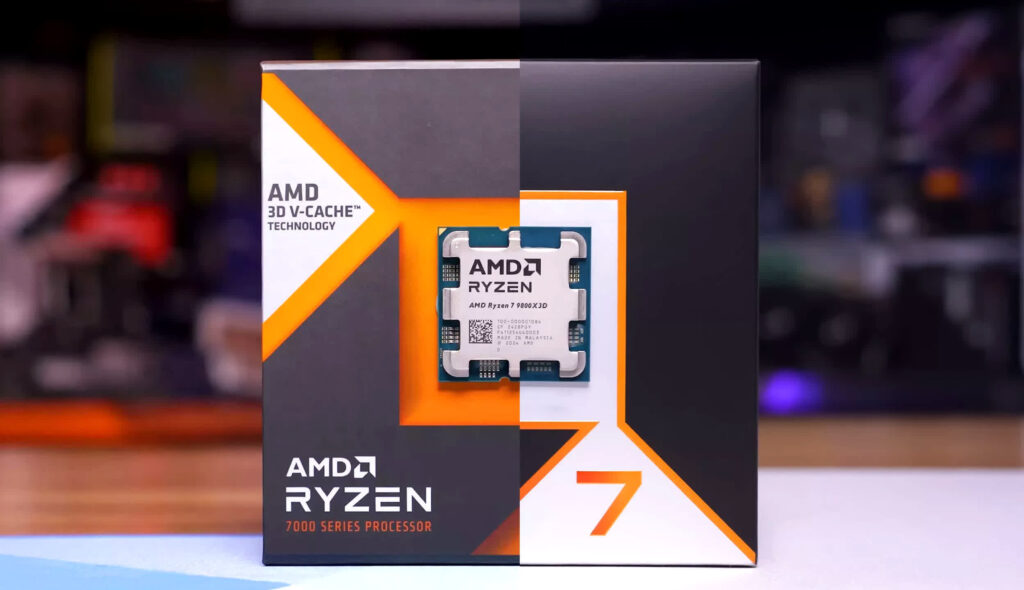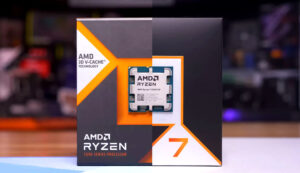
The CPU market is evolving rapidly as of late 2025, with consumers facing new challenges in balancing performance, costs, and upgrade potential. With the prices of memory components remaining high and Intel’s socket technology becoming increasingly outdated, buyers must consider more than just raw speed when making their purchasing decisions.
As Intel and AMD continue to compete for dominance, consumers now have a broader array of options. The introduction of advanced technologies such as DDR5 memory and PCIe 5.0 has changed the landscape, allowing for faster data transfer rates and improved multitasking capabilities. However, these advancements also come with increased costs, which can significantly impact overall system budgets.
Understanding Platform Costs and Upgrade Paths
One critical aspect for buyers is evaluating the total cost of ownership, which includes not only the price of the CPU but also the associated platform costs. For instance, many of the latest CPUs require motherboards with specific socket types that may not be compatible with older components. This means that upgrading to a new CPU could necessitate an entirely new motherboard, potentially escalating expenses.
In addition, consumers should be mindful of the upgrade paths available with their chosen CPUs. Some platforms are designed to support future generations of processors, while others may lock users into a specific technology cycle. For example, while Intel has launched its latest 13th Generation Core processors, many of these require new motherboards that support the LGA 1700 socket, complicating upgrade decisions for existing users.
The Impact of Memory Prices on CPU Selection
High memory prices are another factor influencing CPU shopping. As DDR5 memory has become more prevalent, its cost has also risen, presenting a challenge for consumers trying to build a balanced system. Buyers must weigh the performance enhancements offered by newer memory technologies against their potential impact on the overall budget.
Moreover, with the shift towards Windows 11, which optimizes performance for newer hardware, selecting a compatible CPU has become increasingly important. Users looking to maximize their systems’ capabilities must ensure that their CPUs not only meet current software requirements but also provide room for future upgrades.
In summary, the CPU market in late 2025 presents a complex landscape for buyers. Choosing the right processor involves careful consideration of performance, costs, and potential upgrade paths. As technology continues to advance, consumers must stay informed to make decisions that will serve their needs both now and in the future.







